CES 2023

Public domain
Rory Jackson picks out some of the key products aimed at the general public that were on display at this year’s show
Despite the slow lifting of international travel restrictions over the past 2 years, CES remains the biggest show for many tech companies worldwide, particularly those working towards the next generation of autonomous and robotic systems.
The 2023 edition of CES hosted more than 115,000 industry professionals and 3200 exhibitors, with many showcasing fascinating new solutions for uncrewed perception, navigation, transportation, delivery and more.
Imagry has made available its 100 Gbyte data set of annotated continuous VIS (visible imaging sensor) camera images. They are intended for engineering and machine learning students and entrepreneurs developing new autonomous driving and robotics applications, to test them against real-life scenarios.
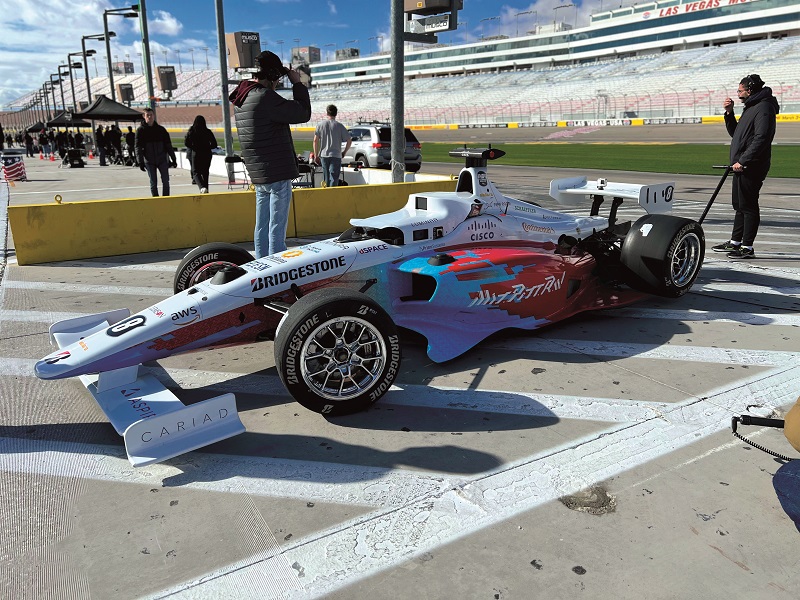
Developers will be able to download Imagry’s full sequence, time-based road perception data collected over the past 4 years on roads in the US, Germany and Israel, as annotated by the company to provide detailed top-down maps.
The data has resulted in an extensive visual library of driving situations, which is also set to provide a basis for the Imagry AI platform scheduled to power two autonomous shuttles on public roads later this year.
The first of these started service at Israel’s largest medical centre in Israel this January, while the second is to be deployed several months later in the city of Nahariya as part of a public bus line. Both are to be managed by local public transportation operator Nateev Express.
In addition to the company’s map data set, the neural network-based nature of Imagry’s perception and navigation AI means the two shuttles will not be limited to driving in known areas. That will reduce project costs and time to market for transportation authorities and urban planners.
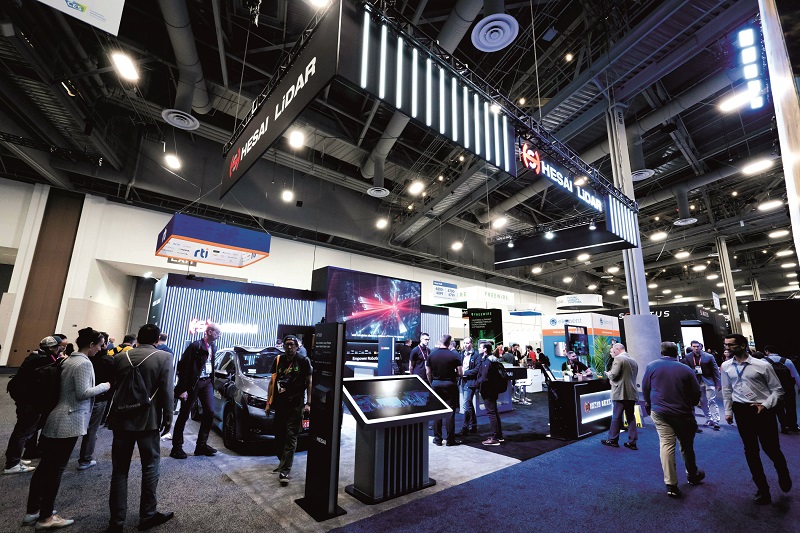
The AI is powered by the Nvidia Drive platform, featuring the Orin SoC, which runs at 254 TOPS to plan and execute safe driving paths for Imagry and its customers’ vehicles.
The Indy Autonomous Challenge (IAC) had its second annual head-to-head race event at CES, with team PoliMove (from Politecnico di Milano, Italy, and the University of Alabama) emerging as the winner and setting a new autonomous speed world record for a racetrack of 180 mph. TUM Autonomous Motorsport from Technische Universitat Munchen in Germany took second place in the heated battle, with a total of nine teams from 17 universities competing in the event.
Each team worked to program an AV-21 self-driving racecar (as featured in UST 46, October/November 2022) to break autonomous speed records and win the head-to-head passing matches at the competitions. Each team’s cars took turns to play the leader/defender and passer/attacker.
The AV-21 is a 725 kg car based on the IL-15 Indy Lights chassis from Dallara. It runs on a 2 litre four-cylinder four-stroke Honda Performance engine that was supplied by 4 Piston Racing and is managed using an ECU from Motec.
Lidars from Luminar and radars from Continental power the perception system, while VectorNav’s VN-310 dual-antenna GNSS-INS provides satellite and inertial navigation data and Tallysman antennas enable the reception of high-fidelity real-time GNSS updates.
Hesai unveiled the FT120, its new fully solid-state Lidar, which it developed primarily for near-range blind spot coverage in order to help vehicles identify small objects during turning, passing and parking operations to improve overall driving safety.
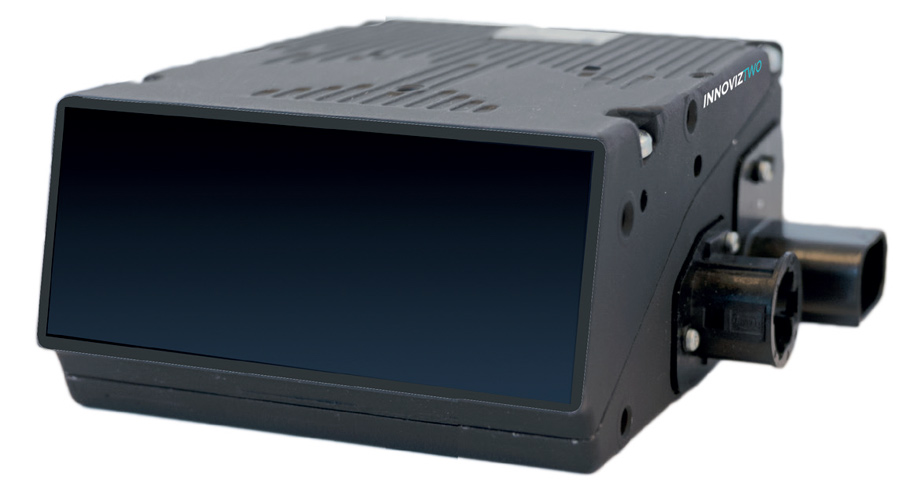
The system features a 100 x 75° FoV and a maximum detection range of 100 m. When configured for single-return mode it also produces 192,000 points of data per second (or 384,000 points/s in dual-return mode), with an overall resolution of 160 x 120.
Hesai noted that the FT120 can be paired with the AT128, the company’s long-range hybrid solid-state Lidar, which it showcased at CES last year (as discussed in UST 43, April/May 2022), in order to form a complete automotive-grade Lidar perception system.
The company also commented that it has received significant pre-orders of the FT120, with one million units to go to “top automotive OEMs” and deliveries to begin in the second half of this year.
The FT120 consumes up to 12 W during operation, measures 68 x 75 x 90 mm and is enclosed in a housing rated to IP6K9K and IPX7 protection.
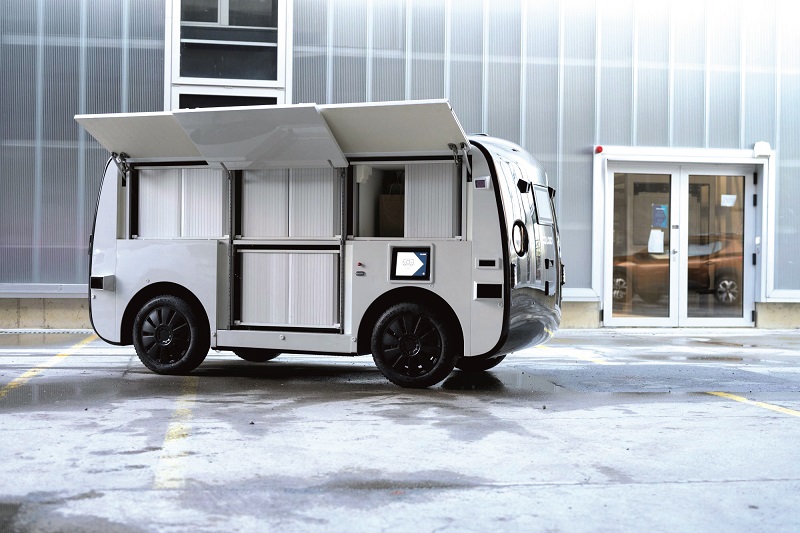
3D vision technology company Orbbec launched a number of new camera products it says are ideal for use in robotics. The first is the Femto, a 3D time-of-flight (ToF) camera built on Microsoft’s ToF technology – as used in the Hololens and the Azure Kinect developer kit – for detailed scene understanding and depth information.
The system also integrates an Nvidia Jetson Nano to run advanced depth vision algorithms and convert raw data to precise images that account for depth, eliminating the need for an external computing device, along with an IMU to supply orientation data.
The camera can directly connect to servers or the cloud using Power-over-Ethernet, while also featuring USB-C 3.2 and DC power connectors. A universal trigger control system provides frame synchronisation, using Ethernet for multi-camera and multi-sensor networks, with the system’s SDK allowing simple set-up and registration, and numerous APIs enabling integration with other applications.
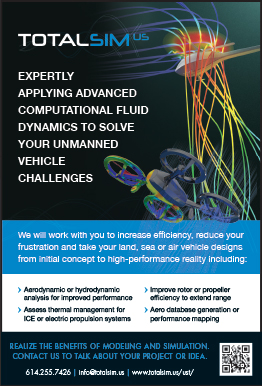
Femto comes with a 120° FoV and a vision range from 0.25 to 5.5 m; the 1 MP depth camera is complemented by a 4K RGB camera with a 90° FoV. It weighs about 200 g and consumes 5.8 W in standard operation, up to a peak of 9.3 W.
Orbbec also debuted two other new 3D cameras. One, the 90 x 25 x 30 mm Gemini 2, is an active stereo IR system with a sensing range of 0.12 to 10 m, up to 100° in its diagonal FoV (89° H x 65° V, ±3°) and which can be used in indoor or outdoor environments. Like the Femto, it includes an IMU for motion, position and navigational sensing in all dimensions.
The second camera is the Astra 2, the next generation of the company’s Astra series that uses structured light and image processing to compute a 3D image of the observed environment in real time. It features a newer ASIC than its predecessor to support higher resolutions (up to 2 MP) in depth and colour image outputs in real time.
The Astra 2 has a range of 0.6 to 8 m, a depth FoV of 58 x 46 x 70°, a depth resolution of 1600 x 1200, and a typical power consumption of 6 W, up to 6.5 W at peak.
Also unveiling new sensing solutions suited to the autonomous and robotics markets was Innoviz Technologies, which attended CES to show the Innoviz360, its latest Lidar.
It measures 115 x 65 mm when equipped with an optional heat sink (or 115 x 51 mm without it), and its enclosure has IP6K6K, IP6K9K, and IP6K7 levels of protection. It has a maximum FoV of 360 x 64°, a detection range of 0.3-300 m, an angular resolution of up to 0.05 x 0.05°, and provides 300 to 1280 lines per frame (this value being configurable). Frame rates can also be programmed from 0.5 to 25 fps.
The Innoviz360 uses the same single laser, detector and ASIC as in the company’s InnovizTwo Lidar, and the company sees it being used in robotaxis, shuttles, trucks and delivery vehicles whose developers are aiming for SAE Levels 4 and 5 autonomous capabilities, along with other, non-automotive applications including logistics, construction and maritime systems.
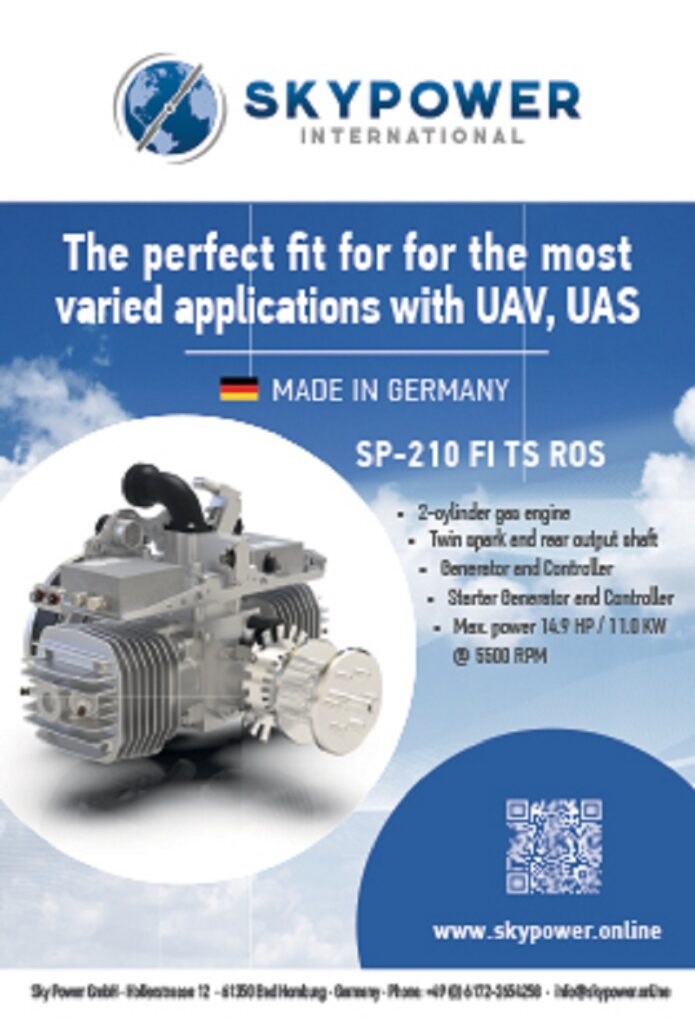
It was also announced that Switzerland-based LOXO has selected Innoviz Technologies’ InnovizOne Lidar for its autonomous delivery vehicles, pre-sales for which are to begin later this year to retailers wanting uncrewed goods transportation from their distribution hubs to consumers.
LOXO’s vehicle is fully electric, with110 km of driving range, and 50% of its body mass is composed of recycled materials. It measures 3430 x 1540 x 1830 cm, has a 2.5 ㎡ of payload capacity and a 320 kg load limit.
The vehicle is built largely from duralumin, runs on four in-wheel motors, and has a maximum speed of 30 kph.
The InnovizOne meanwhile measures 111.4 x 97.9 x 45 mm, has an angular resolution of 0.1 x 0.1o, and a frame rate ranging from 5 to 20 fps. It can detect objects from 0.1 to 250 m away, within an FoV of 115 x 25°. It has been designed to comply with ISO 26262 in its ASIC, detector, MEMS and other aspects of its Lidar hardware and software.
Worx introduced the Landroid Vision, its latest autonomous lawnmower, which integrates the company’s neural network-trained Vision AI software for distinguishing between grass and objects including pets, wildlife and people.
It also enables the Landroid Vision to recognise yard boundaries, preventing the need for wires or antennas to serve as recognisable boundary markers. It can therefore be used out of the box with minimal configuration and infrastructure needs.
The mower analyses images from its onboard HD cameras frame by frame to recognise roads, pedestrian paths and flowerbeds as geographical limits of where it can go, while the end-user can place RFID tags to mark places where it is permitted to cross such boundaries, for example to go from one side of a garden path to another.
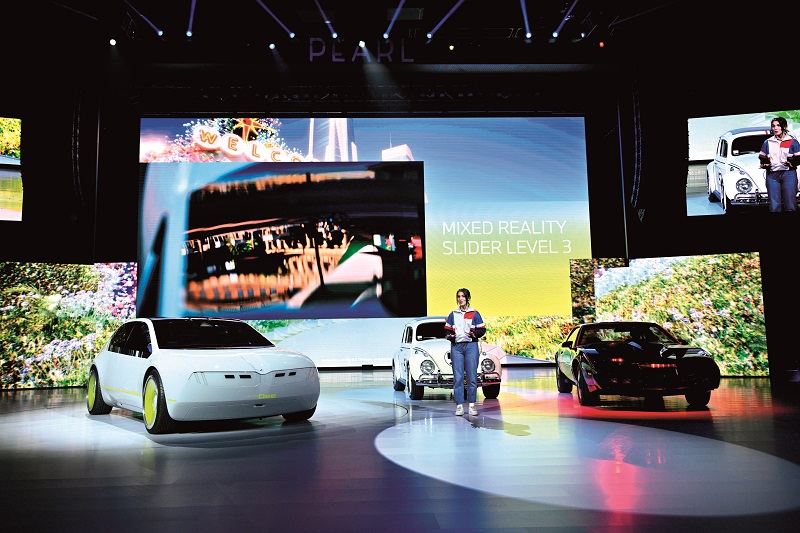
The camera also enables the mower’s cutters to adjust automatically to variations in lawn elements, such as grass density, and in height from 1.5 to 3.5 in (3.81 to 8.89 cm).
Four models of the Landroid Vision will be available from this spring: the 13.5 kg M600 and M800, and the 14 kg L1500 and L1600 (these weights not including their batteries).
They all come with Bluetooth and wi-fi connectivity to enable full remote monitoring, as well as IPX5 water resistance protection; an onboard rain sensor provides feedback on weather conditions to identify when it should return to base. An optional LED headlight can also be installed if operations at night are desirable; it also enables it to avoid and potentially ward off nocturnal animals.
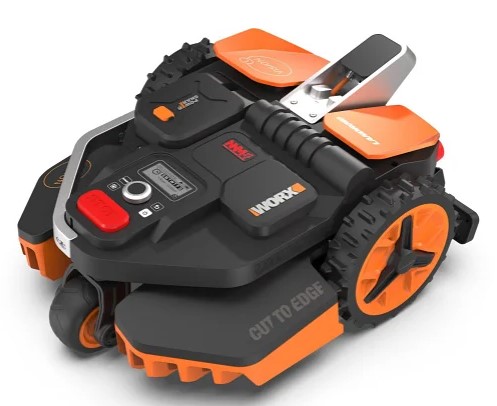
Telit Cinterion has finished verifying its FN980 and FN990 series of 5G data cards for use with the Nvidia Jetson AGX Xavier, AGX Orin and Orin NX modules.
It means the cards can help OEMs, system integrators and service providers deploy their autonomous systems commercially, with the solutions’ 4G/5G multi-mode operation enabling testing and deployment wherever LTE is available, as 5G roll-outs continue.
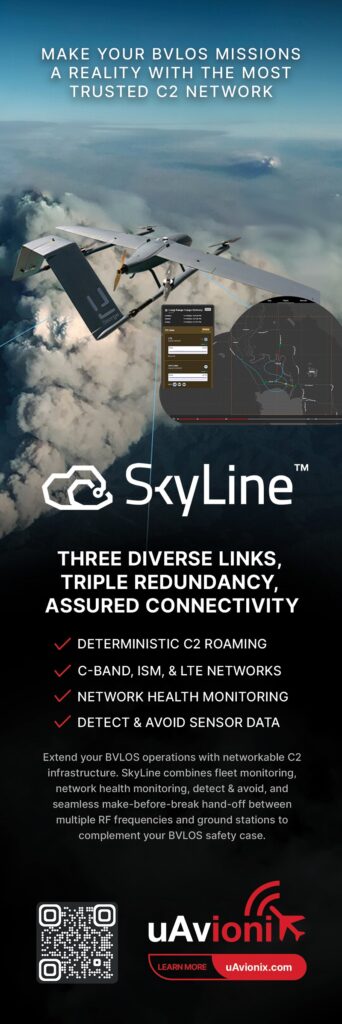
The FN980 and FN990 are designed to conform to the industrial-grade M.2 form factor, with the former measuring 30 x 50 x 3.4 mm and the latter being 30 x 52 x 2.3 mm. The former also has an FN980m variant that comes with two-in-one millimetre-wave antenna connectors to enable data links in that spectrum, along with the 5G and LTE network comms that the other two systems have been certified for.
Both support a range of cellular standards. The FN980 enables intraband and interband UL CA on 4G networks for applications such as 4K and 8K video streaming, while the FN990 features 4 x 4 MIMO downlinks on several 5G and 4G bands, as well as 2 x 2 MIMO uplinks on some 5G bands.
Anello Photonics introduced the Siphog, which it says is the world’s first ‘silicon photonics optical gyroscope’, intended as a low-noise and low-drift optical gyroscope to be integrated into inertial navigation solutions.
It exploits Anello’s patented photonic integrated circuit technology to enable size, weight and cost reduction compared with FOG solutions. It also offers improvements in drift (including under-temperature and vibration effects), noise and bandwidth limitations versus high-end MEMS IMUs, for autonomous and uncrewed applications.
Anello also provides the Anello photonics optical gyroscope & GNSS/INS evaluation kit (EVK), which can be integrated into uncrewed vehicles via Ethernet, CAN or USB to test the effectiveness of the company’s technology in navigation and georeferencing, even amid severe multi-path and GNSS-denied conditions.
Through the Siphog, the EVK can achieve measurement ranges of 200o/s, bias instabilities of <0.5o/hour and angular random walks of <0.05o/√hour: it also integrates dual-band GNSS with access to signals from GPS, GLONASS, BeiDou, Galileo and QZSS signals. It consumes 4 W nominally over an 8-30 V DC input and weighs 1 lb (0.45 kg).
HCMF Group and TMY Technology Technology (TMYTEK) showcased a new millimetre-wave smart car door sensing radar, aimed at improving the safety and efficiency of autonomous door openings and closings. The system is principally intended to address accidents caused by the opening of car doors when objects approaching quickly from a distance go undetected. TMYTEK’s module is built around frequency-modulated continuous-wave radar, enabling it to measure a very small target range (the minimum measurement range being equivalent to the transmission wavelength) and its relative speed.
That allows fast-moving objects to be sensed efficiently and accurately at long distances, allowing the car door to respond accordingly and reduce the risk of an accident.
BizLink presented its range of interconnection solutions for autonomous vehicles, including its automotive Ethernet cables that have been designed to suit the anticipated requirements of self-driving road systems.
The cables have been developed for compliance with the Open Alliance’s TC2 and TC9 standards on automotive Ethernet covering transmission channel quality, manufacturing, batch reproducibility, electrical requirements and test procedures.
The cables have an outside diameter of 3.2 mm (±0.15 mm), and are rated to work in temperatures of -40 to +105 °C. They transmit data at speeds up to 100 or 1000 Mbit/s (depending on whether Gigabit Ethernet has been selected), with impedances of 100 Ω (±10%).
Aiper launched the Seagull Pro, a UGV designed for autonomous pool cleaning work.
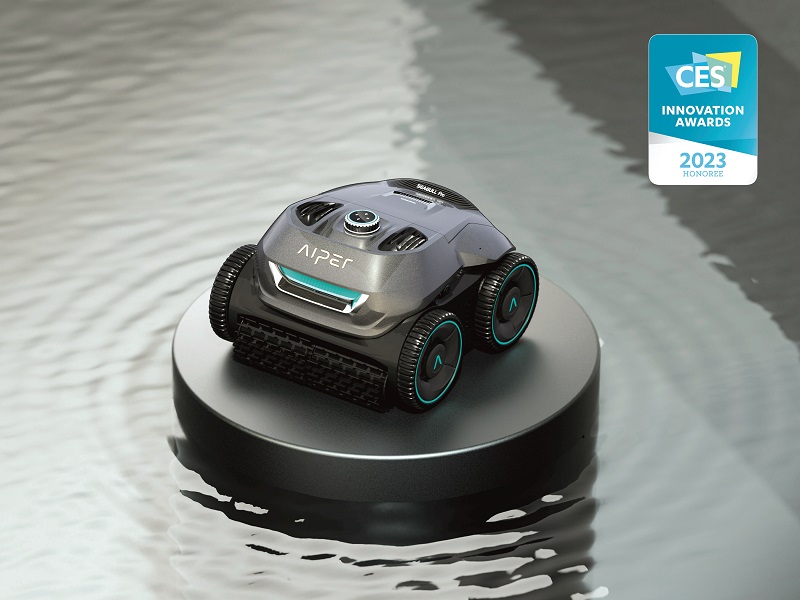
It integrates the company’s WavePath Navigation technology to plan and execute back-and-forth cleaning routes (analogous to the zig-zagging survey patterns often taken by survey UAVs during wide-area mapping missions) of pools up to 300 ㎡, as well as a quad-motor system for simultaneous wall-climbing and cleaning.
It also features an internal quad-motor system comprising dual suction and dual draining electric motors in order to climb up pool walls, vacuuming and sticking to them, allowing it to be set to clean both the walls and floors of a pool without remote intervention.
Its battery provides for up to 3 hours of operation between charges, with DC fast-charging available to enable full recharging in 90 minutes.
UPCOMING EVENTS























